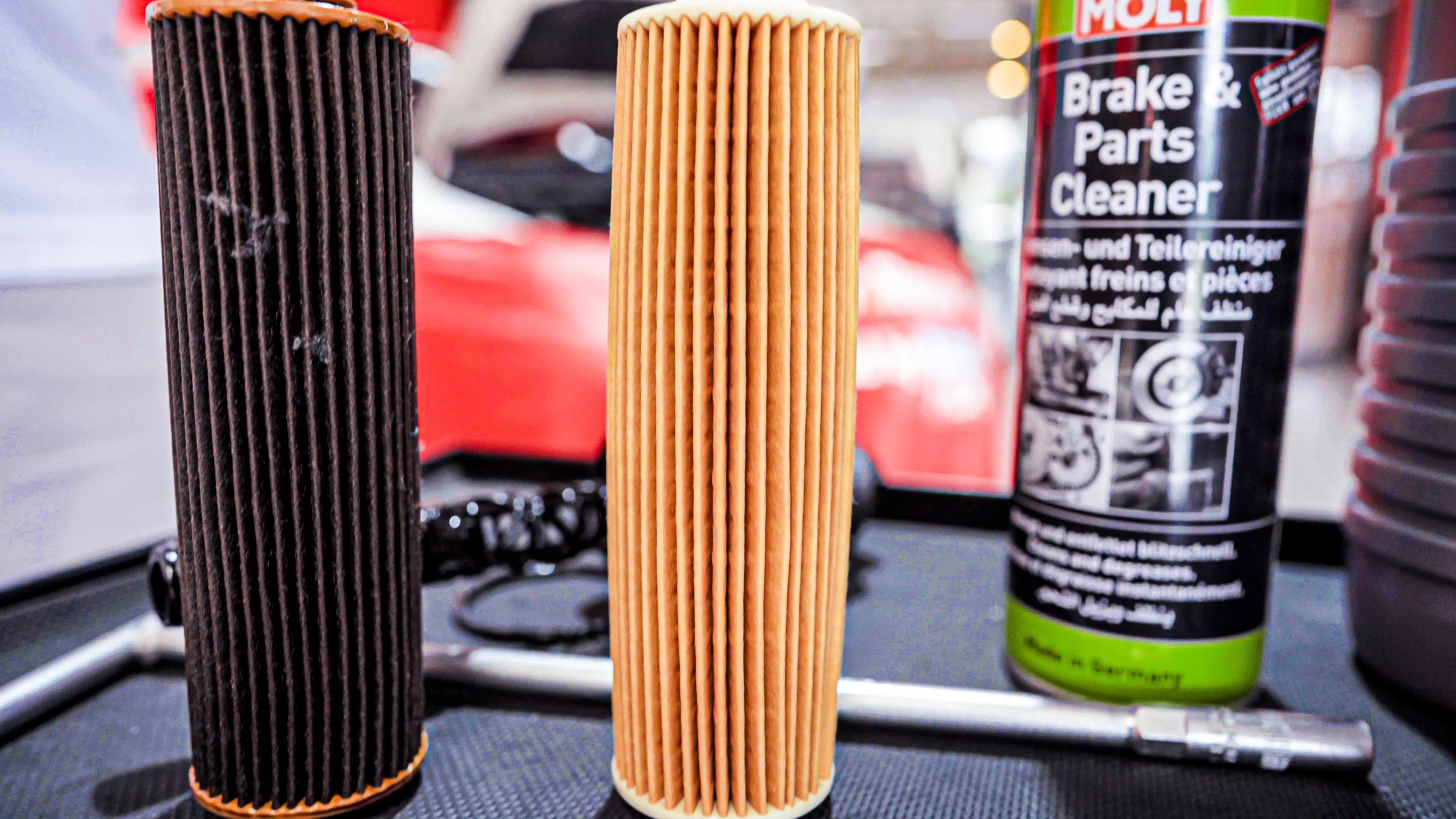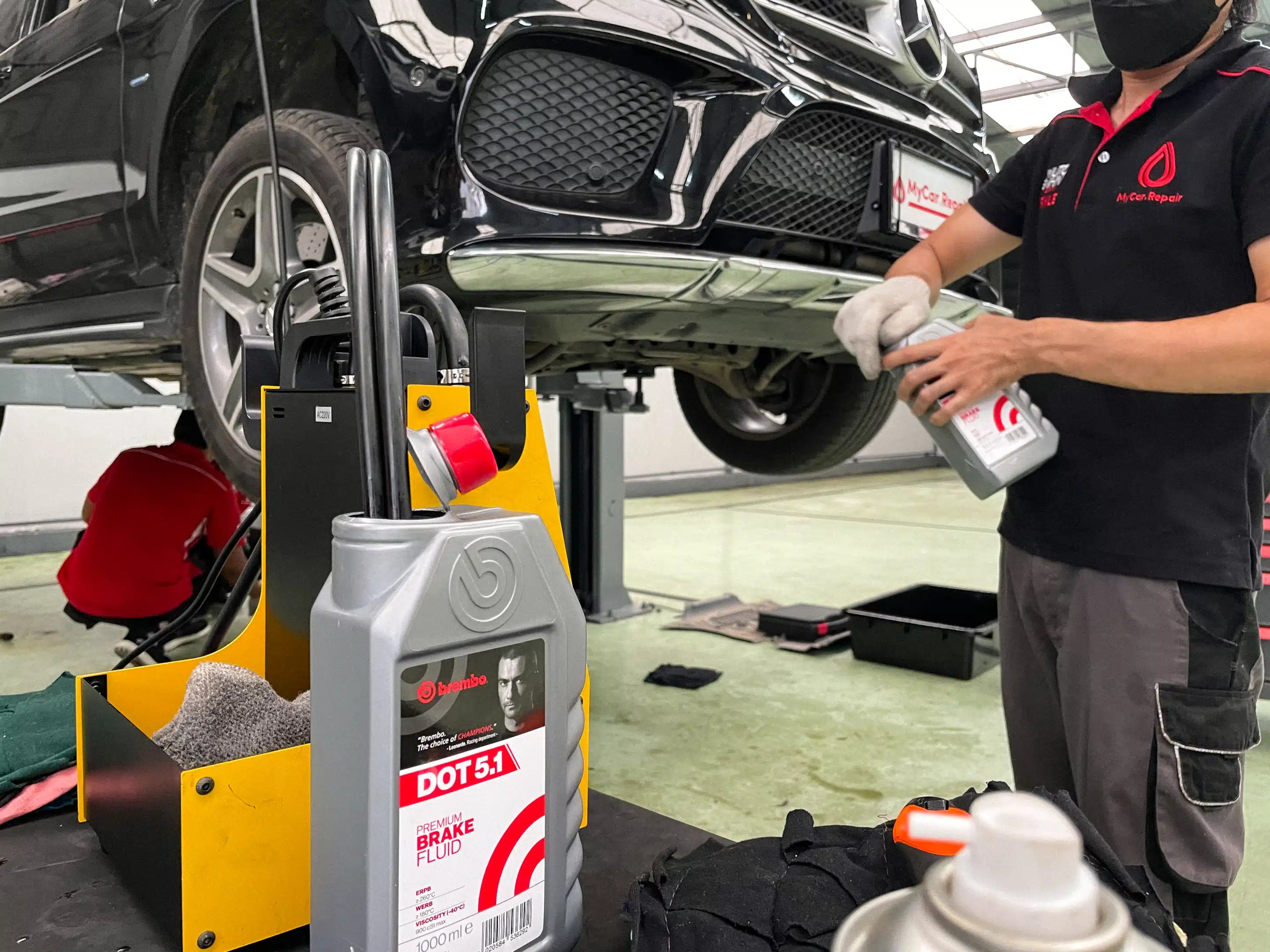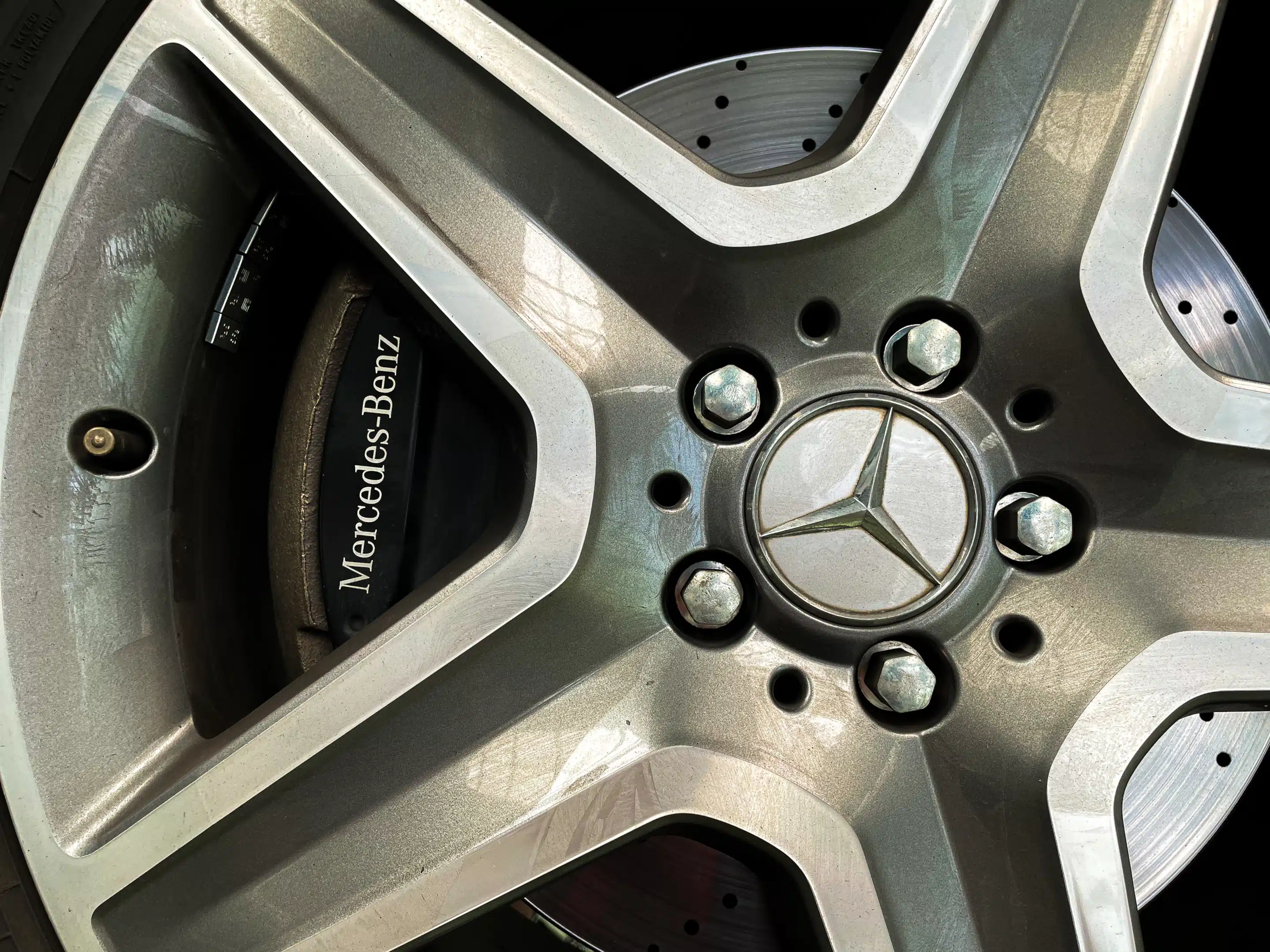The world-famous German auto manufacturer Mercedes Benz is amongst the top global suppliers of premium and luxury vehicles. Their slogan ‘The Best or Nothing’ shows how much the company strives to offer quality and add class to their vehicles.
Similar to any other machine or vehicle, models by Mercedes Benz also demand care and maintenance, which is what this blog is based on.
So to enhance your knowledge about Mercedes Benz servicing and maintenance, stay tuned!
Maintaining Your Mercedes Benz
For many car owners, routine maintenance according to schedule without loosing the warranty of their vehicles seems to be a challenging task. Especially when it is about the luxury Mercedes Benz, the general public has the perception that their maintenance is costly.
To maintain the ‘Luxury Mercedes Benz experience’ you must look after your vehicle. But many believe that this will cost them more as compared to other brands.
This is true because of the higher upfront maintenance cost of Mercedes vehicles. Also, Mercedes Benz incorporates advanced technology in all of its products, and all the components in its cars are on the higher end.
However, compared to the luxury and premium cars by the rival companies, the maintenance and servicing costs are not very unfavorable.
Mercedes Benz Service Types
In order to encourage regular servicing, necessary inspections, and repairs Mercedes Benz introduced their Flexible Service System.
Following this system, the Mercedes Benz service is divided into two service types, service A and service B.
What included in an A Service?
- Fully synthetic motor oil replacement
- Oil filter replacement
- Fluid checks and corrections
- Tyre inflation check and correction
- Brake component inspection
- Reset the maintenance counter
What’s included in a B Service?
- Fully synthetic motor oil replacement
- Oil filter replacement
- Fluid checks and corrections
- Cabin dust/combination filter replacement
- Tyre inflation check and correction
- Brake component inspection and brake fluid replacement
- Reset the maintenance counter
In this blog, we will be discussing the B service, and look in detail at what the service includes when it is to be performed and how much it approximately costs.
We have also included links to quality parts and products available on our online store MyCar.Repair, which will help you out in carrying out both service A and service B on your Mercedes Benz.
Mercedes Benz B Service
The vehicle’s specifics play a major role in defining when the Mercedes Benz B service is needed.
However, for most models manufactured after 2009, service B is recommended after the first two years or 20,000 miles (whichever comes first). After that, you must take your Mercedes Benz for service B every 2 years or 20,000 miles regularly.

If you’re using your Mercedes Benz, under harsh road conditions, in extreme temperatures, or have the habit of going heavy with the gas pedal, you should visit an authorized mechanic for service B more frequently and before it is due.
What do the Service B Codes mean?
On some Mercedes models, a subcode, or service code, will be displayed with the Service B that appears on your dashboard. This code indicates an additional service that should be done with the standard parts of the B Service:
- 0 – Perform multi-point inspection
- 1 – Rotate the tyres
- 2 – Replace the cabin and engine air filters
- 3 – Replace the transmission fluid
- 4 – Replace spark plugs, timing belt (if equipped) and adjust valves
- 5 – Replace the engine coolant
- 6 – Replace the rear differential fluid (if equipped)
Let’s dig in deeper to know about the specifics of B service:
1. Changing the Mercedes Benz Engine Oil and Oil Filter
Engine Oil
The engine oil plays an integral part in the smooth operation of your vehicle’s engine. It forms a film of lubrication between all the mating parts and points of contact in the engine, which reduces the phenomena of wear and tear.
It also keeps the temperature in the engine block within the allowable range, which may otherwise increase to thousands of degrees Celsius due to the heat generated by friction in the engine.

Mercedes Benz recommends changing engine oil every 10,000 miles. Thus the oil change is due in the service B of your Mercedes.
However, you shouldn’t stick to this figure, or wait for Service B to replace the engine oil. If your car’s age is more than a decade or has 100,000 miles on the odometer, you should change the oil more frequently.

The thumb rule is to change engine oil every 7,000 miles or earlier to avoid engine damage and hefty repairs in the future.
While you can drain out your old oil by simply unscrewing the oil drain plug, we recommend using the advanced vacuum method.
The vacuum method ensures that every single drop of previous engine oil is removed. The engine also gets cleaned and free of deposits in this way.
Mercedes Benz recommends using fully synthetic engine oils from its approved companies such as LIQUI MOLY.

At MyCar.Repair you’ll find a range of service products and especially engine oils by LIQUI MOLY and other trusted brands for your Mercedes Benz.
Do check it out and get yourself products that will take care of your Mercedes.
Oil filter
Oil filter replacement is another operation that goes in parallel with changing the engine oil. It acts as a prevention shield against dirt, contaminants, metal shavings, and foreign particles.
Engine oil filters won’t let these contaminants enter critical engine components and disrupt their functioning. Thus an oil filter gets clogged up after a certain period of time and needs to be replaced.

Mercedes Benz recommends changing engine oil every 3,500 miles. You can wait for a few hundred miles to replace an oil filter. But take it no further than 5,000 miles.
Therefore, you should get your oil filter replaced halfway before the next oil change is due, and at least 4 – 5 times between two consecutive B services.

At MyCar.Repair you can find yourself the best quality oil filters by Mahle for your Mercedes Benz SLK, E-class, and C-class models. They are engineered with precision to take good care of your engine and keep the engine oil clean.
2. Inspection of Tire Pressure and Condition
Adequate tire pressure is a key aspect in maintaining the road grip and balance of a car while driving. If the pressure is less than recommended, it will induce extra load on your Mercedes engine and hence increase the fuel consumption.

Overinflated tires can cause a lack of road grip and even lead to the bursting of tires if your car goes through a pothole or a light reflector on the road.
So, it is recommended to check the pressure of your car tires at least once a month. Especially when the temperature in your surroundings increases or decreases by more than 10 degrees.
Due to the threats over or underinflated tires pose checking tire pressure is also included in the Mercedes service B.
In the models of Mercedes Benz after 2014, Tire Pressure Monitoring System (TPMS) was provided as a standard option.
A warning light flashes on the dashboard when the pressure in the tires is not correct. It provides a computer measurement of the pressure in PSI in all tires.
You can toggle through the dashboard settings to view the reading. However, in some cases, this computer reading is not entirely reliable. This is because it has a higher degree of error.
For such cases, the best option is to use an air pressure gauge that gives you the exact reading of tire pressure in PSI. Or you can use it if your Mercedes does not have an in-built TPMS.
Via an air compressor at a filling station or a portable one at home, you can correct the tire pressure to the company-recommended level. This rating is mentioned on a sticker inside the fuel lid of the car.
The tire inspection in service B also includes checking the depth of treads on the tires. This is helpful in determining the condition of your tires. Plus, you will get an idea about when they need to be changed.
Unusual and non-uniform wear of the tires can also help in the diagnosis of issues related to the alignment and suspension of the car.
3. Checking and Replacement of Fluids
The three important fluids for the smooth operation of your Mercedes Benz, which come after engine oil are transmission oil, brake fluid, and radiator coolant.
The level of transmission oil can be checked using the dipstick, similar to the one for engine oil, under the hood of your Mercedes.

By looking at the color and texture of the transmission oil it can be determined whether it needs replacement or not. Sometimes you can simply top off the transmission oil if its level gets any lower.

To avoid issues related to transmission such as gear slips, the transmission oil should be changed every 30,000 miles on the ticker for manual transmission and 80,000 miles for the automatic transmission.

Mercedes recommends changing the brake fluid every couple of years. So, you must replace the brake fluid in the routine service B maintenance of your Mercedes.

This will only refresh your brake system but also ensure your safety. Make sure to use the brake fluid of the recommended grade.
Similarly, a complete coolant flush and cleaning of the radiator are required every two years or so. This ensures the good health of the radiator and heat exchange systems.
During service B, the old coolant is drained out from your cooling system and pressurized water is passed through it to remove all kinds of deposits.
You can also use the radiator cleaner by LIQUI MOLY for this procedure which is available at MyCar.Repair. Replenish it up with a 50;50 mix of coolant and water to conclude this step.
It will breathe a new soul into the cooling system of your car. While also solving problems like engine overheating and blown head gaskets.
4. Cabin and Air Filter Replacement
The cabin air filter is located in the dashboard inside the cabin. It keeps dust from entering the cabin through the air vents.
The air filter performs a similar job in the engine bay, keeping the dust and foreign particles from entering the engine cylinders.

Both of these need to be replaced every 15,000 to 20,000 miles as they get clogged up after that period. Now clogging of the cabin air filter isn’t that critical matter but clogging of engine air filter can be pretty daunting.
It will disrupt the air supply to the engine and disturb the air-fuel ratio. This can have an impact on the starting and smooth running of the engine. It will also prove disastrous for your engine in the longer run.
Therefore, their replacement is included in the Mercedes service. Always remember to buy company-recommended genuine filters for your car.
5. Inspecting the Brakes
Considering the safety of the car and the passengers inside, brakes are the most important component. Hence they are thoroughly checked during service B of your Mercedes Benz.
The brake lines, shoes, and disc pads are checked for malfunctions and damage. Such conditions typically lead to the replacement of brake components.

If the condition is not that bad, servicing of brake shoes and pads is carried out, which can restore their effectiveness. The brake fluid is also changed in service B which is discussed earlier in the section on fluids.
6. Resetting the Service Indicator for the Next Visit
The final step which remains after executing service B is resetting the mileage indicator for the next service visit.

It is a simple multistep process that is generally carried out in the same way in all Mercedes models.
You first have to turn on the ignition so that the display of the control system appears.
Secondly, you have to go through the menu on the display using the UP or DOWN arrows on your steering wheel so the FSS indicator is highlighted.
Then long press the reset knob so the Service Menu appears.
Select the Confirmation menu. Choose CONFIRM and then press the menu button with the selection marker on Standard Oil.
The MID display then shows the Service Confirmed notification.
In this way, your service indicator will be reset and you can go back to the standard display by pressing the menu button.
Other services which may be carried out in the Mercedes service B include wheel balancing, alignment or suspension, car washing, exterior compounding, and vacuuming the interior.
FAQs
Q: How much should A Mercedes B service cost?
Ans: The B-type servicing should cost you around £400 – £600. This mainly depends upon the price of spare parts and fluids that you replace in your Mercedes Benz.
Q: What happens if you don’t Service Mercedes?
Ans: You put your engine at risk when you do not get your car serviced at the right time. It may lead to the heating up of the engine and excessive wear of moving parts within.
The fuel economy and performance of your Mercedes will be comprised. After you get it serviced, you’ll feel a significant difference in the driving experience of the Mercedes.
Q: At what mileage do Mercedes start having problems?
Ans: If the car is not properly maintained, issues may arise and extravagate as early as 50,000 miles on the odometer. Otherwise, the car will go over 100,00 miles without any major problems.
Q: Does Mercedes hold their value?
Ans: Mercedes Benz does better in retaining the resale worth, compared to the rival companies. Their sedans and luxury cars retain 47.2% of their original price, five years after the manufacturing date, which is a very competitive figure.
